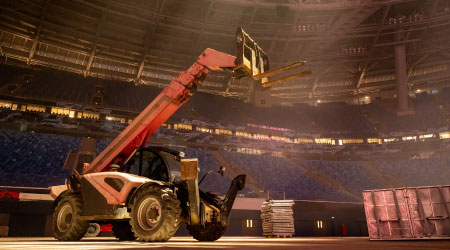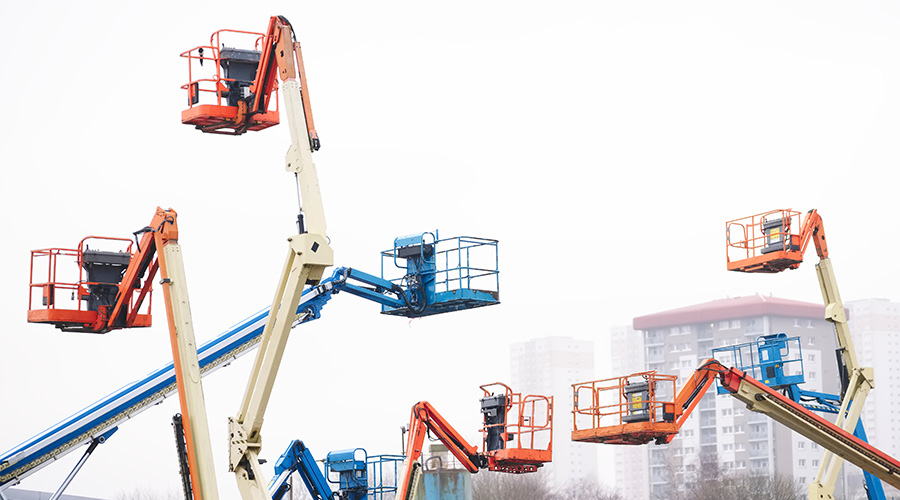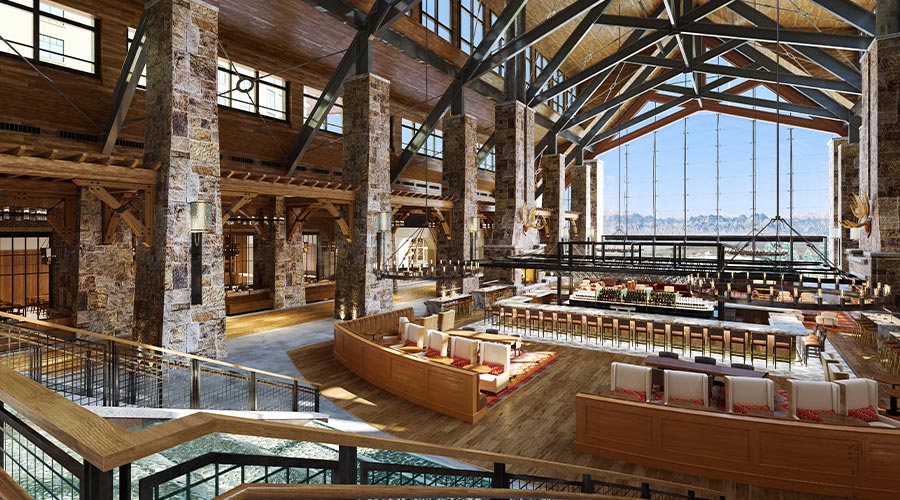Aerial Work Platforms: Matching the Lift to the Application
Managers often specify telehandlers for tasks that require handling bulk material with a scoop, or handling heavy pipe, conduit, structural steel bundles, or palletized material with exchangeable forks. Telehandlers have lift heights of more than 50 feet, a reach over the cab of 40 feet, and capacity of 10,000-12,000 pounds. Rough-terrain models offer hydraulic leveling for greater stability, as well as four-wheel drive and four-wheel steering so operators can maneuver them in tight spots.
Telescope and boom lifts also offer unique features for certain conditions. They rotate on the chassis, and the boom hinges at the base for a longer reach. The straight version uses one hinge point at the base of the boom, while the articulated version uses at least two hinges, or knuckles, for greater reach and access up, over, and down.
Some job sites, such as lighting over auditorium seats, involve obstacles to direct vertical access and, as a result, require equipment with greater reach.
Another example of such a task is placing an air conditioning unit on the roof of a 100-foot high penthouse recessed 20 feet back from the building floors below. In this case, in addition to the vertical elevation, the boom must reach horizontally over the lower roof to the penthouse roof.
An articulated boom lift would be appropriate for this task. A unit with a pivoting 100-foot main boom and a 20-foot hinged boom above it would meet the task's extreme height and reach requirements.
Operators could move this lift to the job site with a truck-crane chassis, and pneumatic tires would help navigate uneven terrain. Outriggers extending from the chassis at the four corners and locked into position would provide stability and extended load capacity.
Related Topics:















